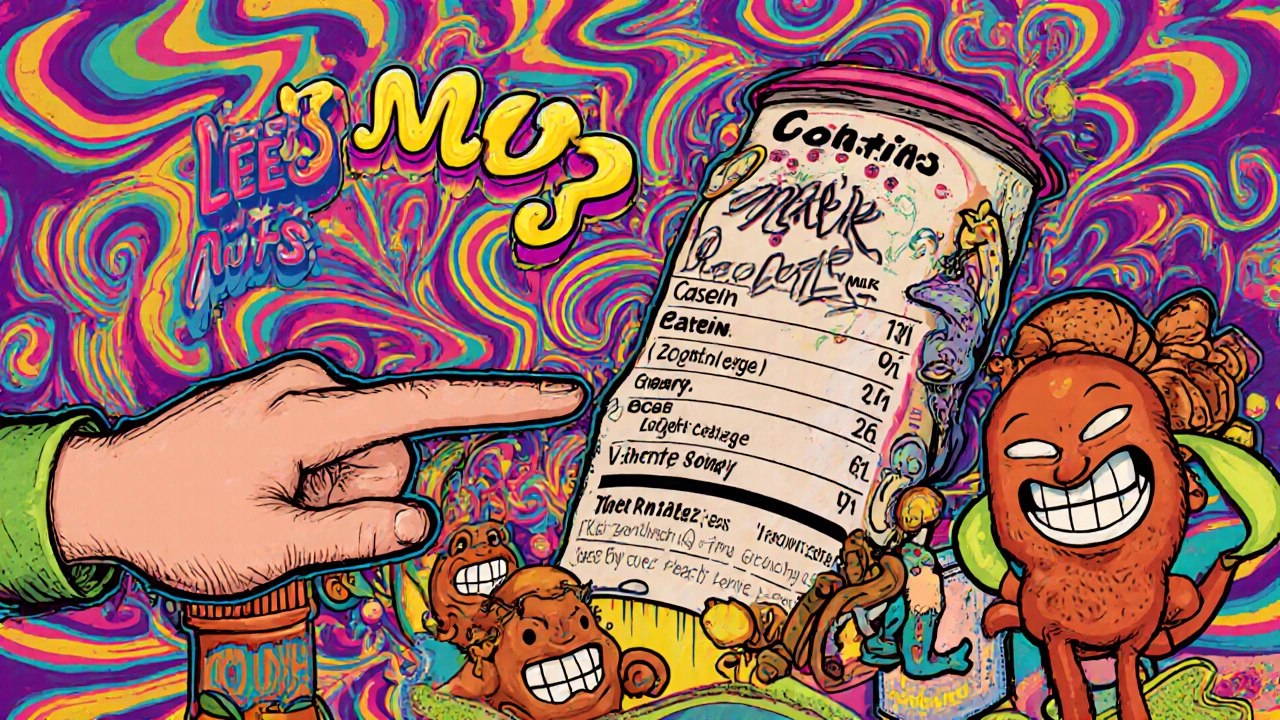Inactive Ingredients: What They Are and Why They Matter in Your Medications
When you swallow a pill, the active drug is what treats your condition—but the rest? That’s made up of inactive ingredients, substances added to medicines that have no therapeutic effect but are essential for the drug to work properly. Also known as excipients, these include fillers, binders, coatings, and preservatives that help shape the pill, control how fast it dissolves, or keep it from breaking down too soon. You might think they’re harmless, but that’s not always true. For someone with a corn allergy, a tablet filled with cornstarch could trigger a reaction. For others, dyes or lactose might cause stomach upset or skin rashes. These aren’t just random additives—they’re carefully chosen to make sure your medicine is stable, safe to swallow, and absorbed the right way.
Think about it: if a pill didn’t have a coating, it might dissolve too fast in your stomach and irritate it. If it didn’t have a binder, it would crumble before you even opened the bottle. And if there were no preservatives, some liquid medicines could grow mold in weeks. That’s why excipients, the technical term for inactive ingredients, are just as important as the active drug. They’re the unsung heroes—or sometimes the hidden troublemakers—behind every tablet, capsule, or spray. Some people don’t realize that two versions of the same drug, like generic and brand-name ibuprofen, can have completely different inactive ingredients. One might use lactose; another might use rice flour. That difference can be the reason one works fine for you and the other gives you a rash.
That’s why knowing what’s in your meds matters. If you’ve ever had an unexpected reaction after starting a new pill—even if it’s the same drug you’ve taken before—it could be because of the fillers. People with celiac disease need to avoid gluten in tablets. Diabetics need to watch for sugar-based coatings. Parents of kids with allergies check labels for artificial colors. And if you’re taking multiple drugs, inactive ingredients can even affect how well they work together. The drug formulation, the science behind how ingredients are combined to create a usable medicine isn’t just for chemists—it’s something you should understand if you want to avoid surprises.
Below, you’ll find real-world examples of how inactive ingredients show up in common medications—from allergy pills to asthma inhalers, pain gels to blood pressure drugs. We break down what’s in them, why it matters, and how to spot potential problems before they affect your health. These aren’t theoretical discussions. They’re based on actual patient experiences and medication reviews you can trust.
Learn how to spot allergens and hidden inactive ingredients on food and prescription labels to avoid dangerous reactions. Know what to look for, who to ask, and how to stay safe every time you buy or take something.

